
Stories of daring, stories of technological feats, stories of prevailing against the odds ... these are the stories we tell at the National Air and Space Museum. Dive in to the stories below to discover, learn, and be inspired.
Showing 41 - 50 of 87

February 06, 2018
Today’s launch of the Falcon Heavy rocket, designed and manufactured by Space-X, is what space history curator Tom Lassman describes as “next generation” rocketry, but with roots in the 1960s “Space Age” and technology that helped bring Apollo 11 to the Moon.
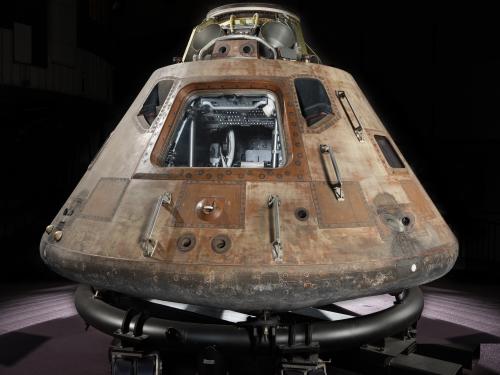
October 14, 2017
Today, the Apollo 11 Command Module Columbia will go on display at Space Center Houston, the first of four stops in the national tour Destination Moon: The Apollo 11 Mission. This is the first time the Command Module has left the nation’s capital since 1971. If you plan to see the Module in your city—the tour will travel to St. Louis, Pittsburgh, and Seattle over the next two years—we have an excellent way to prepare. Or if you’re looking to dive into Apollo history on the comfort of your own couch, we also have you covered.
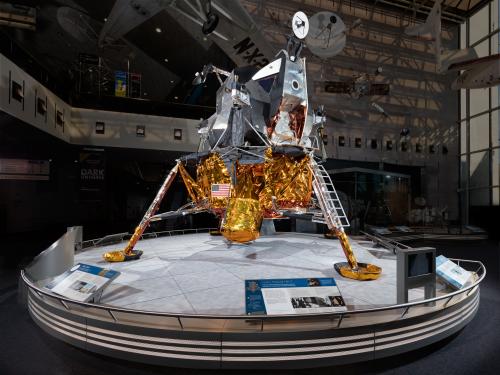
April 26, 2017
When the Museum’s Apollo Lunar Module (LM-2) moved to a prominent place in our Boeing Milestones of Flight Hall last year, it was an opportunity for us to examine the artifact in fine detail. We spared no effort to preserve, refurbish, and document the iconic object before it went on display in our central gallery in 2016. With careful research and close examination of photography from the Apollo 11 mission, we have been able to refine the accuracy of the external appearance of our LM-2 to more and more closely represent the appearance of LM-5 (Eagle) on the Moon.
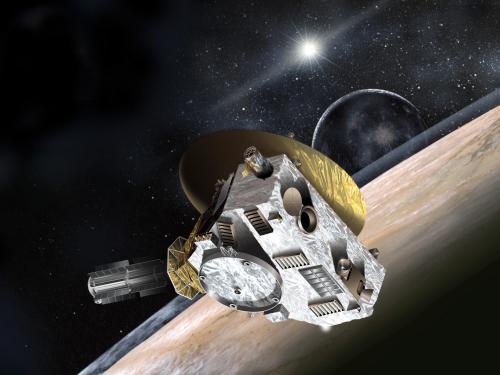
April 13, 2017
On April 7, 2017, New Horizons entered a 157-day-long hibernation. New Horizons is an interplanetary space probe and is NASA’s first mission to Pluto and the Kuiper Belt. After operating steadily for almost two and a half years, the spacecraft and its systems deserve this much-needed break.
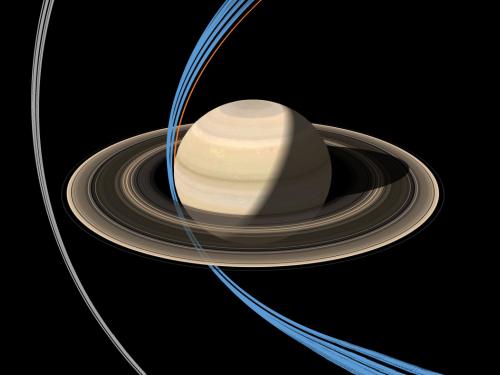
March 21, 2017
The Cassini spacecraft has spent almost 13 years exploring the beautiful giant planet Saturn and its amazingly diverse moons. Cassini’s mission will end in September when it plunges into Saturn’s atmosphere, but it will leave behind a wealth of knowledge and wonder.

February 10, 2017
We recently took new photographs of the Mercury Friendship 7 spacecraft following its conservation. This is the same spacecraft that John Glenn piloted into Earth orbit, an American first. The images reveal details of the spacecraft that can be easy to overlook when taking the capsule in as a whole. Are you able to pinpoint the circles in the capsule's heat sheild where NASA extracted samples to test durability? Or what about the eye chart inside the capsule that John Glenn was asked to use to test his vision?

December 14, 2016
“Doors Closing!”
Those of us from the Washington, DC region recognize that phrase whenever we ride the Washington Metro. That recorded voice is typically followed by another stern voice, “STAND CLEAR OF THE DOORS!” It doesn’t seem to do much good; there are always one or two passengers who insist on standing in front of the doors, blocking the way for those who wish to get on or off.
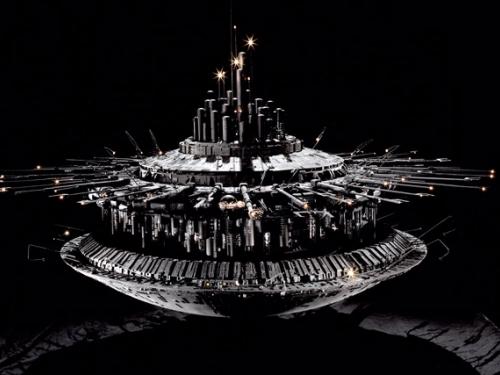
December 08, 2016
What would a spacecraft carrying aliens to first contact with Earth look like?

August 13, 2016
Many are familiar with images of Neil Armstrong and Buzz Aldrin standing beside the Lunar Module (LM) Eagle during the historic Apollo 11 Moon landing. The story of how the LM was developed and tested is a little less familiar. Here are six highlights from a recent talk.

July 21, 2016
The Museum’s Lunar Module LM-2 represents a dilemma, at least for the current generation of Smithsonian curators and conservators. What stages of its history are most important, and how should it to be presented to the public?